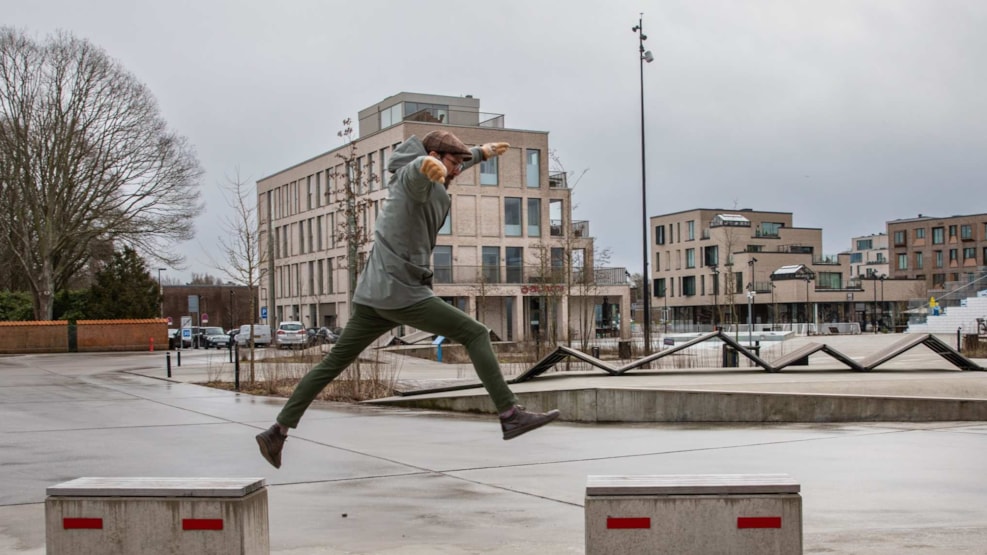
Can Faith Create Companies? - Historical walking tour in Billund
It started with the Inner Mission. But it was the mission of playing well that developed LEGO® and Billund.
If it hadn’t been for the agricultural crisis in the early 1930s, the world might not have known about LEGO®. Then, LEGO®’s founder, Ole Kirk Christiansen, would have focused on his carpentry business. But times became tough. Ole was in the crisis of his life. The Wall Street crash of 1929 was a global economic tsunami. In Billund, no one could afford to hire a carpenter. It went from bad to worse when Ole’s wife died after a short illness. Now he was alone with four minor sons and had to come up with something to feed the little family—something with wood. Toys. It was a natural choice, as Ole was a skilled craftsman with surplus wood and available machinery from his carpentry business at his disposal.
He also had faith—the more tangible kind. Ole Kirk Christiansen was part of the Inner Mission congregation. And just when things looked the bleakest, God made Himself known: “I saw, as if in a vision, a large factory where busy people hurried in and out, where raw materials were brought in, and finished products were dispatched,” Ole Kirk Christiansen recounted many years after the vision.
Whether the vision came from God or was simply a dream, it held true. The small community grew with LEGO®. In 1926, the town contained 30 houses and had 100 inhabitants. By 1950, that number had increased to 418, and by 1970, it had reached 2,015. That same year, LEGO® surpassed 1,000 employees.
From toys to developmental play
In 1946, LEGO® purchased its first plastic injection molding machine. But it was only when Ole’s son Godtfred Kirk Christiansen came up with the idea to develop a building system based on a LEGO® brick in 1955 that modern LEGO® found its direction. In 1958, the LEGO® brick we know was patented. The bricks could now interlock, bringing Godtfred closer to his vision of creating toys that could prepare children for life.
The history of LEGO® and Billund is closely intertwined. So closely, in fact, that you could call Billund a company town, where everything develops in line with LEGO®’s plans and visions.
At the initiative of Godtfred Kirk Christiansen, Billund got an airport. The first flight landed in 1962. Today, Billund Airport is Denmark's second-largest.
In 1968, Legoland opened its gates for the first time and is now Denmark’s largest tourist attraction outside of Copenhagen. The latest addition is LEGO® House, opened in 2017.
Meanwhile, Billund has grown to 6,700 inhabitants, while LEGO® today employs approximately 24,500 people worldwide.
The LEGO® town of Billund is built on faith. Initially, it was a personal belief combined with a strong work ethic and quality. But the real development took off when LEGO® saw the value of children’s play and the ability of play to foster development. This effort has been honed by the current third generation of LEGO®, Kjeld Kirk Kristiansen, over the last few decades. It has made LEGO® the largest company in its field. At the same time, LEGO® and the ideas behind it have pushed our country toward a more open and democratic direction by taking children’s play seriously. This has contributed to creating an innovative, playful, and developmental environment in our learning spaces and throughout our society.
Experience the true LEGO® town where it all began. Step into rooms filled with great LEGO® secrets.
Book this guided tour in advance and see how Billund has transformed from 8 farms into the home of the world's strongest brand for children.
Faith can move mountains— and the same goes for cities and LEGO® bricks.